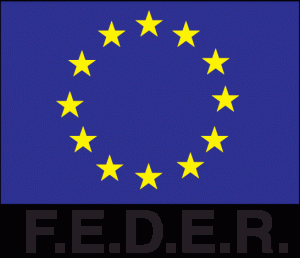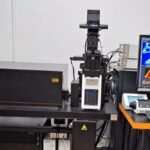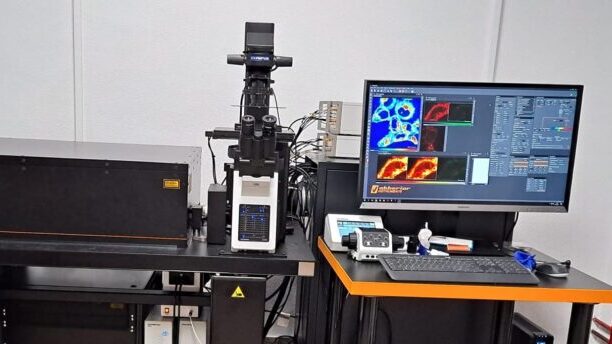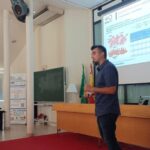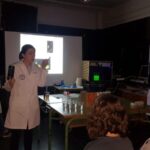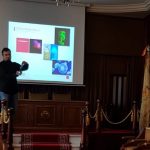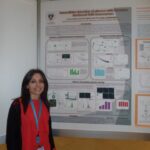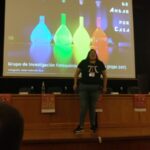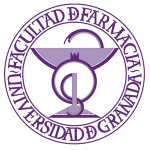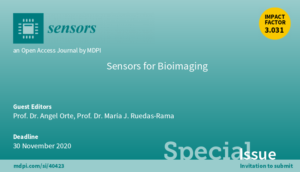
TG-DiAG: Novel diagnostics tools based on time-gated fluorescence
The increase in the life expectancy in Europe and the rest of the developed countries has brought the upsurge in the incidence of age-related diseases, such as neurodegenerative diseases (Alzheimer’s, Parkinson’s…), as well as a greater occurrence of cancer. A lot of scientific efforts are in place for the development of novel diagnostics tools and imaging strategies for biomarker and drug discovery, early diagnostics, and treatment efficacy monitoring. These aspects represent the major pillars for the progress towards personalized medicine.
Hence, the main goal of this proposal is developing novel diagnostics strategies, for both at the cellular level and from liquid biopsies, based on the detection of luminescence emission. Nevertheless, the technique that we will implement is based on the use of a time-gated (TG) detection, which has the ability of minimizing the influence of potential fluorescent interferents, ubiquitously present in complex samples, such as the cell interior and biological fluids. The luminescent sensors to be used in a TG approach must exhibit particularly long luminescence lifetimes, and will be designed and synthesized in the context of this proposal. We will developed the so-called TG-DiAG (standing for time-gated diagnostics) approach, in two different configurations. On the one hand, we will develop an advanced molecular imaging approach for cellular diagnostics (TG-DiAG-Im), which will be applied to the characterization of different tumoural metabophenotypes, the discovery of new metabolic anti-tumoural drugs, and the study of cellular stress caused by amyloid protein aggregates, related with Alzheimer’s disease. On the other hand, we will design new tools for the discovery and quantification of tumoural biomarkers and amyloid aggregates in complex fluids (models of blood sera). For this, we will implement a continuous detection system, making use of microfluidics devices (TG-DiAG-μmix) for capturing and luminescent labelling of the aimed species.
Therefore, this proposal will explore the following aspects: 1) unravelling the crucial role of the metabolic reprogramming in cancer cell biology, and establishing metabophenotypes by means of a cellular imaging technique; 2) the design of new drugs capable of rescuing tumoural cells into reaching normal metabolism cycles; 3) obtaining key information on the effect of amyloid oligomers causing cytotoxicity and cellular stress; and 4) studying circulating μRNAs as potential biomarkers for the early diagnostics of cancer and other pathologies. To answer these questions, we will exploit the different variants of TG-DiAG, which will represent a step towards early diagnostics, a better understanding of disease progression, facilitating timely treatments, drug discovery methods, and monitoring new treatments.
The project CTQ2017–85658-R is funded by the Spanish Ministerio de Ciencia, Innovación y Universidades, the Agencia Estatal de Investigación (AEI) and the European Regional Development Fund (ERDF).

